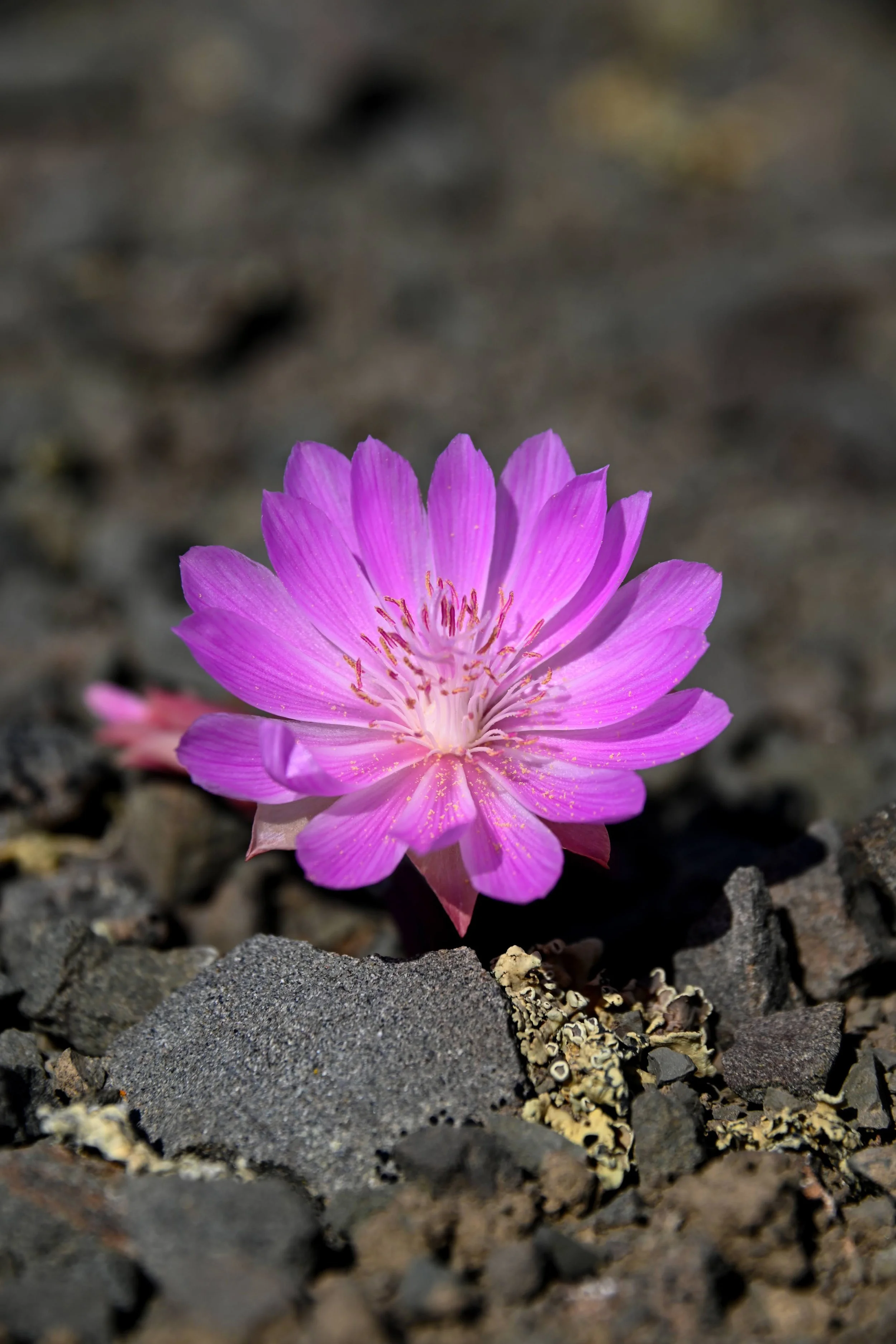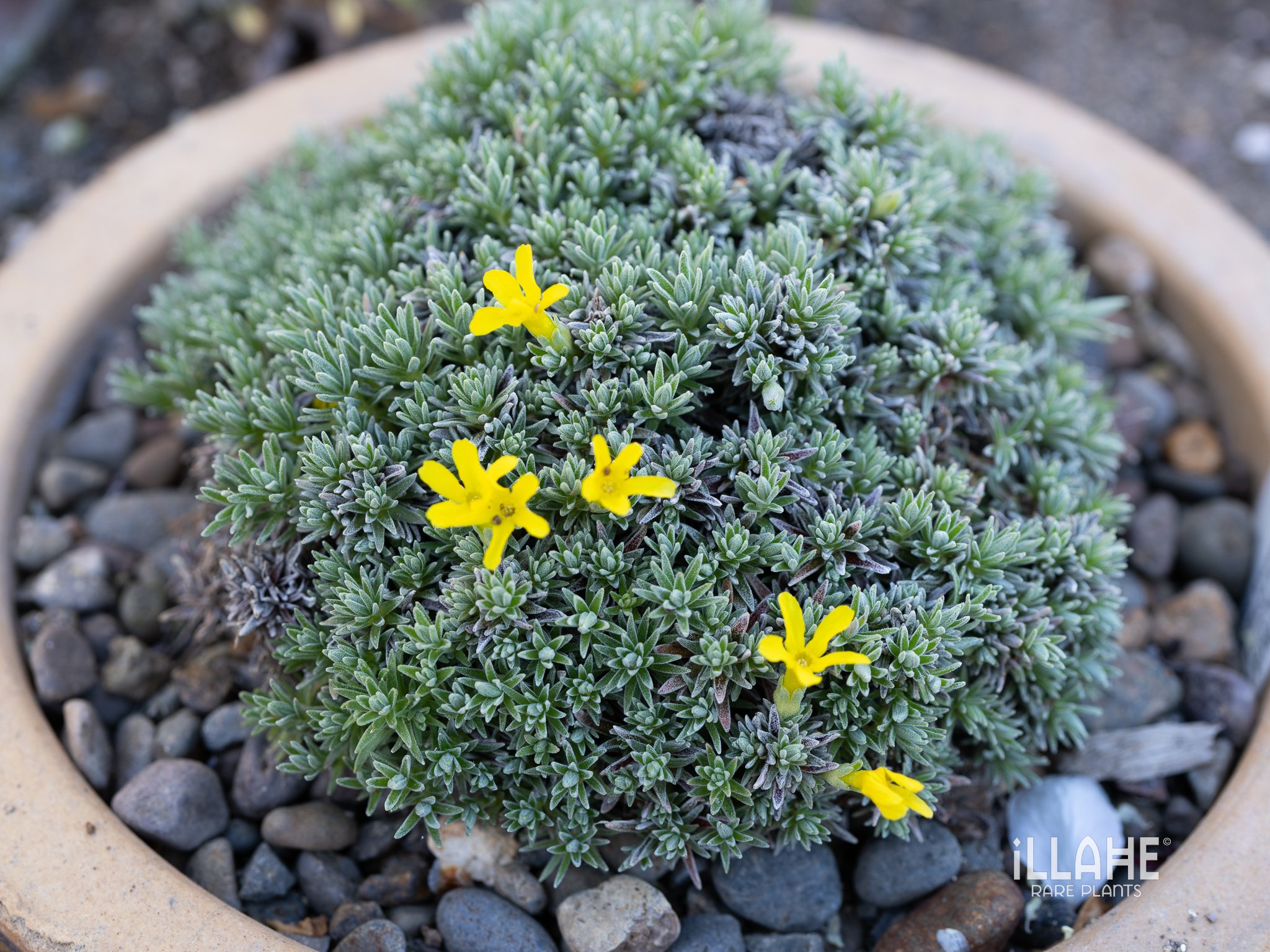
Minuartia biflora
Minuartia biflora, commonly known as Twinflower Sandwort, is a charming, mat-forming alpine perennial with delicate star-shaped white flowers that bloom in pairs, rising just above a compact cushion of glossy green foliage. Its small scale and subtle beauty make it ideal for rock gardens, troughs, and crevice plantings. The foliage stays neat and evergreen, forming a tidy mound that enhances the plant's overall visual appeal.
Native Range:
This species is native to arctic and alpine regions of North America, including the mountainous zones of western Canada and the northern United States, as well as parts of Greenland and northern Europe. It thrives in cool climates with excellent drainage.
Minuartia biflora excels in crevice gardens, where its natural habitat is well mimicked by narrow, rocky gaps with sharp drainage. It tucks beautifully into crevices, rooting into gravelly, lean soils and spreading gently over time. Its low, dense growth resists drying winds and harsh sun, and the plant benefits from the protection and moisture-retaining properties of the surrounding stone. It is drought tolerant once established and prefers full sun to part shade in well-drained, gritty soils.
Minuartia biflora, commonly known as Twinflower Sandwort, is a charming, mat-forming alpine perennial with delicate star-shaped white flowers that bloom in pairs, rising just above a compact cushion of glossy green foliage. Its small scale and subtle beauty make it ideal for rock gardens, troughs, and crevice plantings. The foliage stays neat and evergreen, forming a tidy mound that enhances the plant's overall visual appeal.
Native Range:
This species is native to arctic and alpine regions of North America, including the mountainous zones of western Canada and the northern United States, as well as parts of Greenland and northern Europe. It thrives in cool climates with excellent drainage.
Minuartia biflora excels in crevice gardens, where its natural habitat is well mimicked by narrow, rocky gaps with sharp drainage. It tucks beautifully into crevices, rooting into gravelly, lean soils and spreading gently over time. Its low, dense growth resists drying winds and harsh sun, and the plant benefits from the protection and moisture-retaining properties of the surrounding stone. It is drought tolerant once established and prefers full sun to part shade in well-drained, gritty soils.








